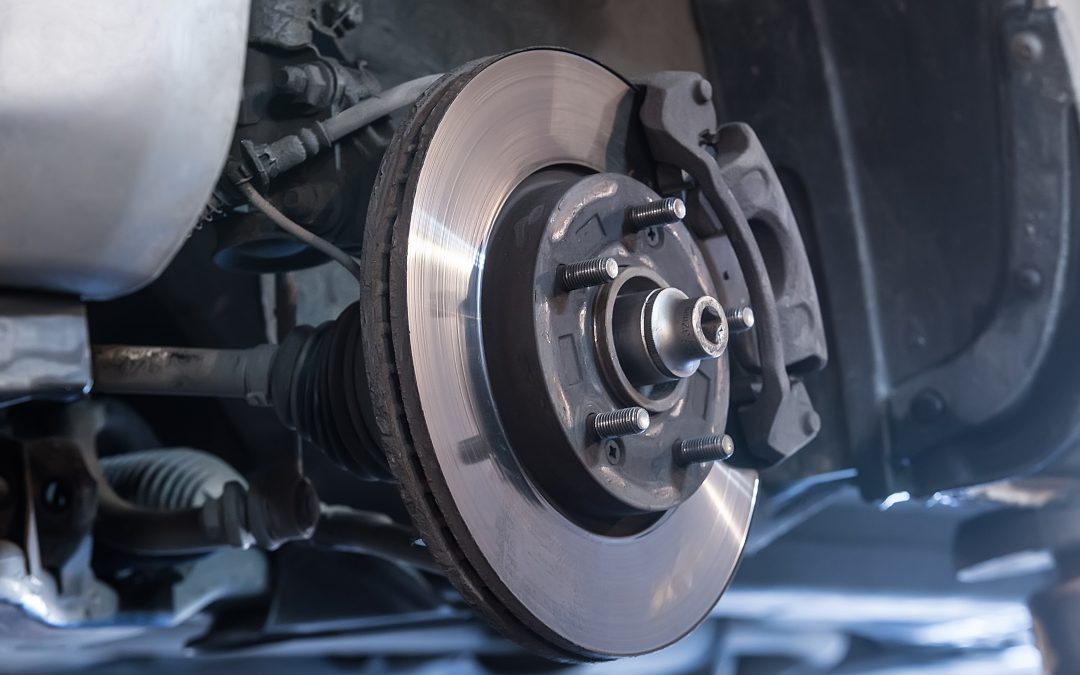For decades, Britain’s clean air efforts have focused on reducing exhaust fumes. Stricter emissions rules, cleaner fuels, and catalytic converters have helped slash pollution. But as exhaust emissions become cleaner, another source of harmful emissions is taking centre stage — our brakes.
The Invisible Pollutant on Britain’s Roads
Each time you press the brake pedal, friction between the pads and discs releases microscopic fragments. This brake dust contains fine particulate matter such as PM10 — small enough to be inhaled deep into the lungs, entering the bloodstream and contributing to respiratory and cardiovascular illness.
In congested areas like London, Birmingham, and Manchester, non-exhaust emissions, including brake dust, can make up a significant portion of roadside air pollution. Even electric vehicles aren’t exempt — their heavier weight can mean more wear on braking systems, generating more particles unless new technology is used.
Euro 7: New Rules for a Cleaner Future
From 2025, the EU’s Euro 7 standards will, for the first time, limit the amount of brake particle pollution a vehicle can produce. This marks a shift in air quality policy — until now, brake emissions have been largely ignored despite their proven health impacts.
The goal is clear: cut PM10 pollution and push manufacturers towards cleaner braking technology.
Brake Dust Reduction Technology
Car makers and suppliers are already innovating to meet these standards. Current solutions include:
-
Coated brake discs – Applying protective layers to discs reduces wear and particle release.
-
Low-emission brake pads – Using materials that shed fewer harmful particles and avoid toxic metals like copper.
-
Brake dust filters – Devices that trap particles before they escape into the air.
-
Carbon-ceramic discs – High-performance, low-dust alternatives already used in some sports cars.
Brembo’s Greentell system, for example, uses laser-applied coatings to improve disc durability, with claims of reducing PM10 output by up to 90%.
Could Drum Brakes Make a Comeback?
Some manufacturers are even revisiting drum brakes for certain models. Although less fashionable and often heavier, drum brakes naturally trap most brake dust within their housing — a simple but effective pollution control method for city driving.
Beyond the Brakes – Rethinking Transport in the UK
Technical innovation alone won’t solve the brake dust problem. Experts warn that improving air quality will also require fewer cars on the road, more investment in public transport, and better infrastructure for walking and cycling.
